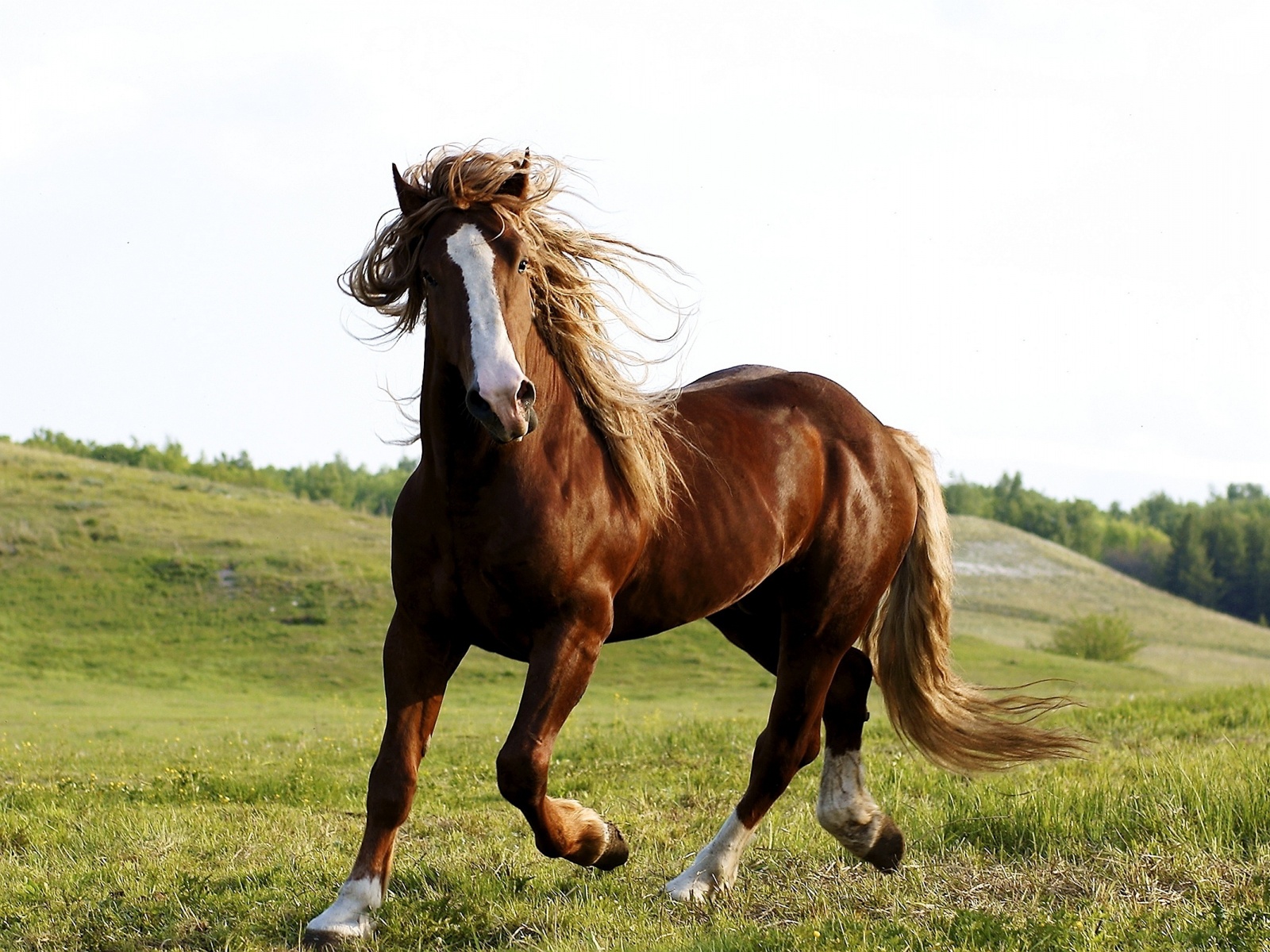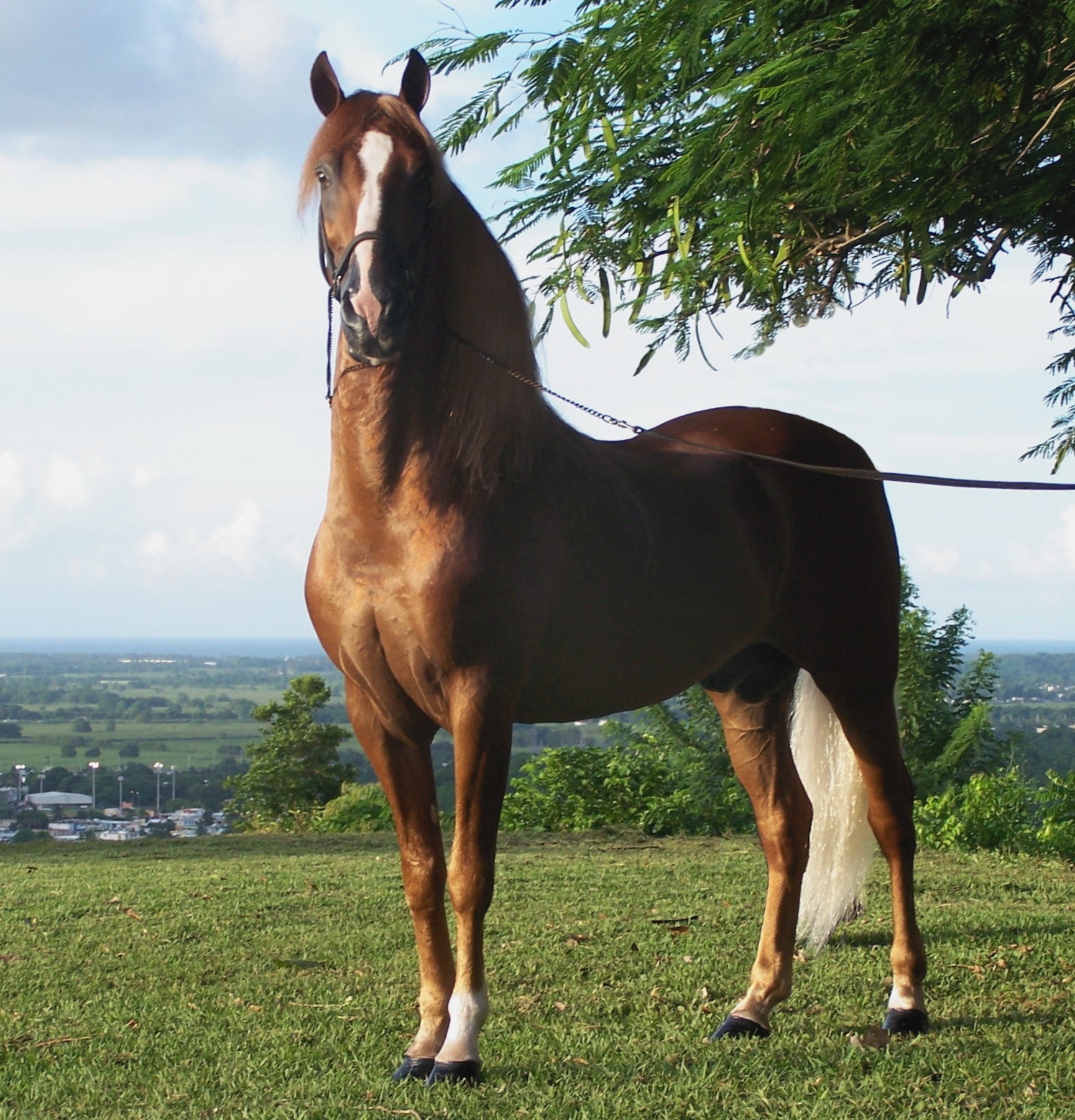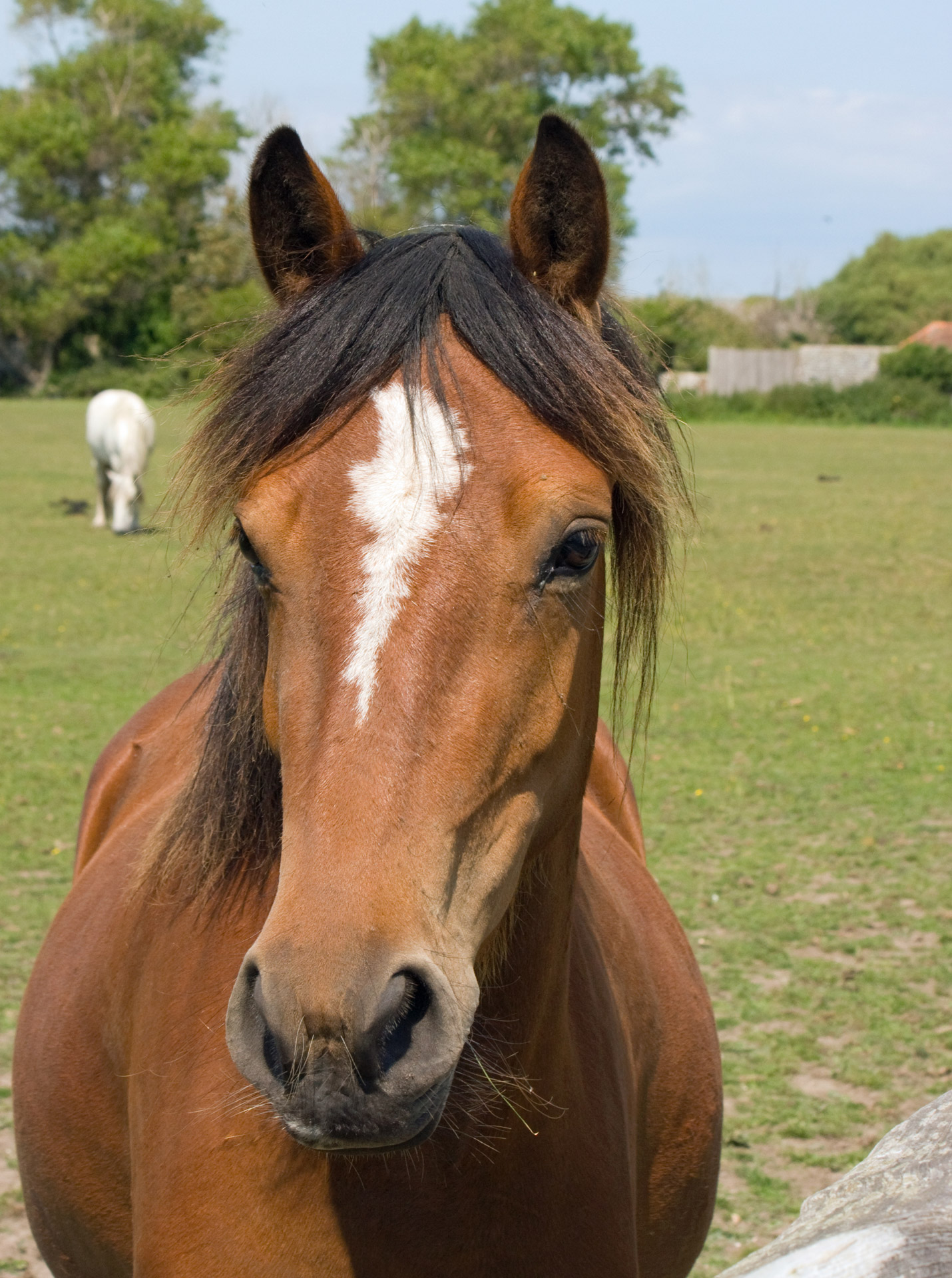Exploring The Bond: Horse And Ox In Our Lives
Have you ever stopped to consider the deep connections we share with animals, especially those who've worked alongside us for centuries? So, when we think about creatures that have shaped human history and daily life, the horse and ox certainly come to mind. These animals, each with their own unique traits and purposes, have played such a big part in how societies developed, helping with everything from moving things to working the land. It's truly something to think about, how much we've relied on them, and how their roles have changed over time, or, in some respects, stayed the same in our hearts.
For many, the relationship with a horse is a very personal one, filled with moments of joy and, you know, sometimes a few worries. It's a bond that goes beyond just ownership; it’s about shared experiences and care. We see this in the everyday care, the health concerns, and the simple pleasure of their company, which, as a matter of fact, can be quite profound.
Then there's the ox, a creature often seen as a symbol of strength and steady effort. While perhaps not as common in our daily conversations today as the horse, the ox's historical importance is something we should definitely appreciate. They both have a story to tell about their connection to us, and, in a way, about our own journey through time.
Table of Contents
- The Equine Journey: A Horse Owner's Perspective
- The Steadfast Ox: A Glimpse into History
- Horse and Ox: A Comparison of Working Partners
- Frequently Asked Questions about Horses and Oxen
- Continuing the Conversation
The Equine Journey: A Horse Owner's Perspective
Being a horse owner, you know, brings with it a unique set of experiences. There are the moments of pure delight, like a quiet ride, and then there are the times when you're truly put to the test, especially when it comes to their health. For instance, my own horse has recently been diagnosed with a condition in the bursa of his hoof, something called navicular. It's a bit of a challenge, as a matter of fact, and it appears to have been developing for a while, given some signs of adhesions in that area.
Dealing with such news can feel, in a way, pretty overwhelming. It took us about four months to even get to this point of understanding what was going on. This particular horse, nearly twenty years old now, has, honestly, been one of the most demanding in terms of health issues I've ever had. It's a constant learning curve, and, you know, sometimes you just have to keep trying different things to find what works best for them.
Tending to Health and Well-being
When a horse faces health challenges, it really changes how you approach their care. For my horse, for example, the vet is suggesting we start him on a medication called Adequan. This is a step we're taking to try and give him some relief and help with his condition. It's about finding the right path for their comfort and long-term well-being, which, as you can imagine, is a big focus for any owner.
Beyond specific medical issues, there are also everyday things, like keeping them warm. My horse, who is nearly twenty, doesn't have a very thick coat, so doubling up his blankets is actually quite practical. It gives you options, you see, to adjust for different temperatures and keep him comfortable. Sometimes, even with the best care, minor issues pop up, like superficial cuts or scrapes where the hair just doesn't seem to grow back. You find yourself wondering about good products that might help with that, always looking for ways to support their healing process, you know?
Community and Support for Horse Enthusiasts
When you're dealing with horse care, especially health concerns, having a community of other owners can be incredibly helpful. There are forum communities, for instance, dedicated to horse owners and people who really enjoy horses. These places are great for discussing everything from breeding practices to grooming tips, sharing reviews of products, and talking about health matters. You can ask about behavior, housing arrangements, adopting, and general care, and even find classifieds. It’s a place where people can, you know, share their experiences and offer advice.
Sometimes, people might have questions about certain companies or products. For example, someone might ask if anyone has ordered from a company like "First Choice Equine" and used their products. They might have a cheaper version of something, like Pentosan, on offer. These discussions help people make choices, and, in a way, they build trust within the community. It's also a place to ask general questions about registering horses or information on brands, which, as a matter of fact, can be quite detailed.
There are also specific sections for questions and discussions about all aspects of health, injury, and lameness, including medications, parasites, and various diseases. Then, you have general horse chat that doesn't fit into a more specific area, just casual talk about horses. It’s a good spot to get different points of view, which, you know, can be really useful.
Understanding Horse Behavior
Horses have their own ways of communicating and reacting to things, and learning about their behavior is a big part of being an owner. For example, there's a saying about a horse getting "the bit in its teeth," which means they're taking control or being stubborn. But, in another sense, the horse can actually get its own relief from the bit any time it chooses, just by stretching out its head and letting the pressure ease. It's about understanding those subtle cues and how they interact with their equipment, you see.
We also think about their living spaces. In our horse's shelter, we have boards that are two by six inches, with posts about every five feet. There's virtually no flexing to speak of, which means it’s a very solid structure. This kind of detail matters for their safety and comfort. And, you know, sometimes people just appreciate the different breeds; there's a common saying that "on the sixth day, God created the quarter horse, and on the seventh day, he rested." It speaks to the special place horses hold for many, really.
The Steadfast Ox: A Glimpse into History
While my personal experiences revolve around horses, the ox holds a truly significant place in the history of human endeavors. These powerful animals, essentially domesticated cattle trained for draft work, have been instrumental in shaping civilizations for thousands of years. They are, you know, often associated with a slow but incredibly steady strength, a different kind of working partner compared to the horse.
Their contributions to agriculture and transportation are, as a matter of fact, immense. Before the widespread use of horses for heavy farm work, oxen were the primary source of pulling power, allowing people to cultivate larger fields and move heavy loads. It’s quite interesting to consider how much of our early progress was built on the backs of these patient creatures, more or less.
Historical Importance of Oxen
For a very long time, oxen were, arguably, the backbone of farming. They pulled plows through tough soil, helping communities grow enough food to sustain themselves. This steady work meant that people could produce more, which then supported the growth of villages and towns. They were also vital for moving goods over land, pulling carts and wagons long before modern vehicles existed. Their ability to handle difficult terrain and heavy weights made them, you know, indispensable for early societies.
Even today, in some parts of the world, oxen continue to be a primary source of power for farming and transport. This shows just how enduring and effective their role has been throughout history. They represent a connection to traditional ways of life, a kind of living heritage, really, that continues to this day.
Characteristics and Uses
Oxen are typically castrated male cattle, chosen for their strength and docile temperament. This process helps them become more manageable and focused on their work. They are known for their great endurance and ability to pull heavy loads over long distances, albeit at a slower pace than a horse. Their hooves are also well-suited for rough ground, which, as you might guess, was a big advantage in historical farming conditions.
They are usually yoked together in pairs, allowing them to combine their strength for maximum pulling power. This method of working, you know, has been passed down through generations. Their diet is primarily forage, like grass and hay, making them relatively easy to keep in agricultural settings. They are, in a way, a testament to the simple yet powerful tools that shaped our world.
Horse and Ox: A Comparison of Working Partners
When we think about the horse and ox side by side, we see two very different approaches to working with humans, yet both were, and in some cases still are, incredibly important. Horses are generally faster and more agile, making them ideal for tasks requiring speed, like riding, light plowing, or pulling lighter, quicker vehicles. My own horse, for example, even at nearly twenty, still has that spirit, you know, that makes horses so appealing for movement.
Oxen, on the other hand, are built for sheer, steady pulling power. They are slower but can exert more sustained force, which was perfect for heavy plowing and moving extremely heavy loads over rough ground. They are, in a way, the original heavy machinery of the past. The choice between a horse and an ox often depended on the specific task at hand and the type of terrain, which, as a matter of fact, made a lot of sense for people in earlier times.
Historically, oxen were often used first for agriculture, with horses becoming more common for farm work as advancements in harnessing technology made them more efficient for plowing. This shift allowed for faster cultivation and changed how farms operated. Both animals, however, have left an indelible mark on human history, shaping our societies and allowing us to achieve things that would have been impossible without their help. They are, you know, truly remarkable companions in our story.
Frequently Asked Questions about Horses and Oxen
People often have questions about these two incredible animals and their roles. Here are a few common ones:
What's the main difference between a horse and an ox?
The main difference, you know, really comes down to their natural abilities and how they were used. Horses are known for their speed, agility, and quick movements, making them great for riding, pulling lighter carriages, and faster farm tasks. Oxen, which are trained cattle, are prized for their immense, steady strength and endurance when pulling very heavy loads, like plows through dense soil or large wagons. They are generally slower but can sustain a great deal of force, which, as a matter of fact, makes them very reliable for heavy work.
Which animal is stronger, a horse or an ox?
When it comes to raw pulling strength over a sustained period, an ox is generally considered to be stronger than a single horse. Oxen are built for heavy, continuous pulling, often working in pairs to maximize their power. Horses can pull significant loads too, but their strength is often combined with speed and agility, making them more versatile for different kinds of tasks. So, for a really heavy, slow pull, the ox, you know, often has the edge.
Were oxen used before horses for farm work?
Yes, absolutely. For thousands of years, oxen were the primary animals used for farm work, especially for plowing. Their strength and patience made them ideal for turning soil. Horses became more widely used for farm tasks later on, as better harnesses were developed that allowed them to pull more effectively without hurting their windpipes. This advancement meant horses could work faster in the fields, which, you know, gradually changed farming practices.
Continuing the Conversation
The stories of the horse and ox are, in a way, still being written, even today. From managing a horse's long-term health, like my own horse's navicular condition, to appreciating the steadfast work of oxen through history, there's always more to learn. We're always looking for good products that might help with things like hair regrowth after a scrape, or discussing the best care practices in online forums, which, as a matter of fact, are a great resource for horse owners. You can learn more about horse care on our site, and perhaps even find tips on keeping your horse comfortable with blankets, just like we do for our nearly twenty-year-old companion. For those interested in the broader history of animals in agriculture, you might find some useful information on the Britannica website about oxen, which is a good place to start. It's about sharing knowledge and keeping these amazing animals, you know, a central part of our lives and conversations.
So, whether you're dealing with specific health challenges, like adhesions that indicate an issue has been going on for a little while, or simply enjoying the company of these magnificent creatures, the connection is clear. There's always something new to understand about their behavior, like how a horse gets its own relief from the bit by stretching its head. And, you know, building strong shelters with sturdy boards, like our 2x6 boards with posts every ~5 feet, shows how much we care about their well-being. It's all part of the journey with these animals, a journey that continues to evolve, even now.

Horse

File:Puerto rican-Paso-Fino-Horse-chestnut.jpg - Wikimedia Commons

Horse Portrait Free Stock Photo - Public Domain Pictures